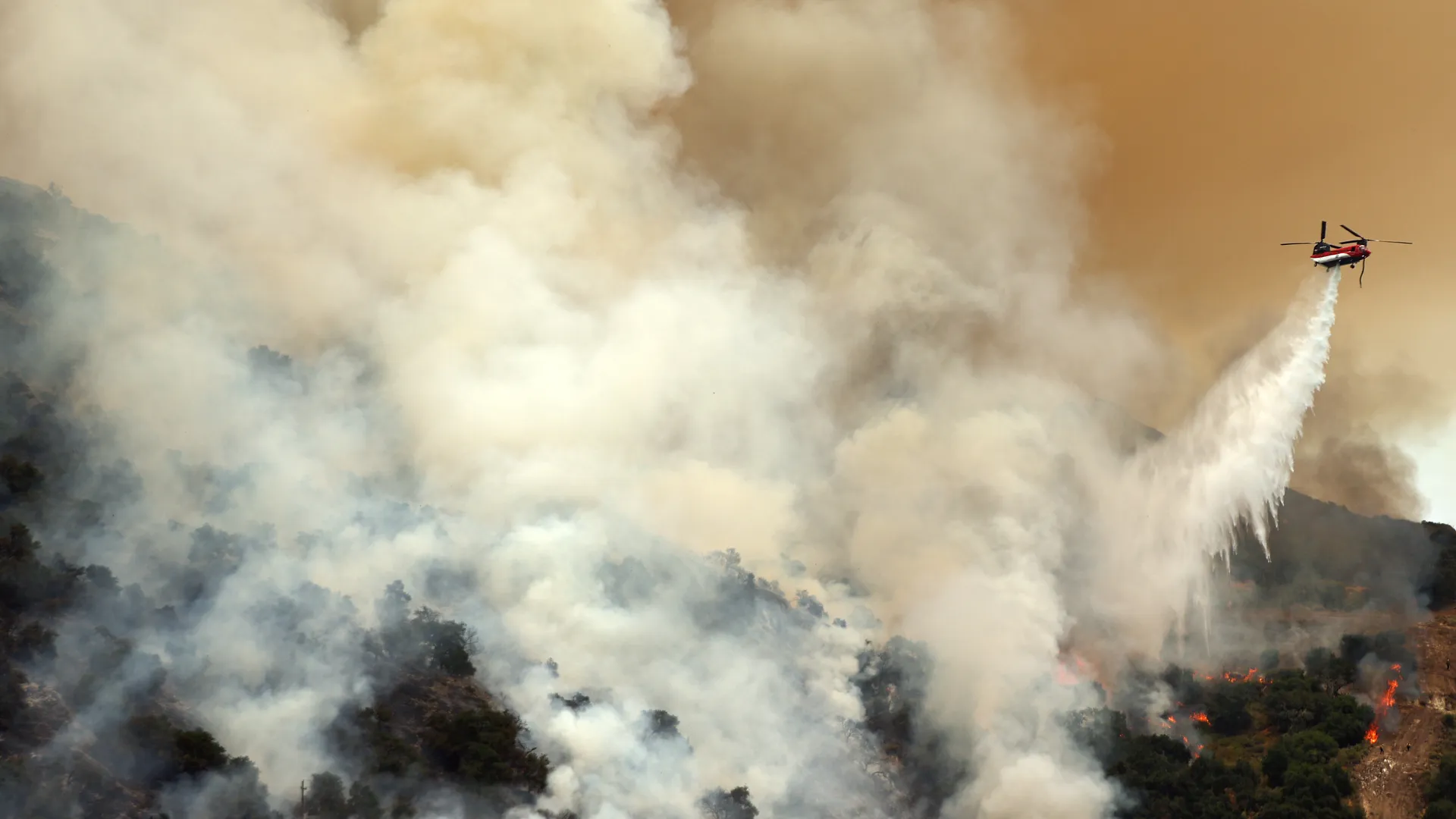California is no stranger to high temperatures, but the recent heat wave has taken the state to new extremes. In the past few weeks, California has experienced an unprecedented heat wave that has shattered temperature records and prompted emergency measures across the state. This historic event has raised concerns about climate change and the increasing frequency of extreme weather events. In this article, we will explore the causes of this heat wave, the records that were broken, the impact on residents and infrastructure, and the broader implications for the future.

Causes of the Heat Wave
The recent heat wave in California can be attributed to a combination of factors. One of the primary drivers is a high-pressure system that has settled over the region, creating a "heat dome" effect. This system traps heat and prevents cooler air from moving in, leading to sustained high temperatures. Additionally, climate change has been playing a significant role in the increasing frequency and intensity of heat waves. The global rise in temperatures has set the stage for more extreme weather events, making heat waves like this one more common and severe.
Record-Breaking Temperatures
The heat wave has led to record-breaking temperatures across California. Cities such as Los Angeles, San Francisco, and Sacramento have all experienced some of their highest temperatures on record. In Death Valley, temperatures soared to a staggering 130°F (54.4°C), approaching the highest temperature ever reliably recorded on Earth. Many areas have seen daily high temperatures exceed previous records by several degrees, illustrating the extraordinary nature of this heat wave.

Impact on Residents and Infrastructure
The extreme heat has had a profound impact on the daily lives of California residents. Health officials have issued warnings about the dangers of heat-related illnesses, such as heat stroke and dehydration. Vulnerable populations, including the elderly, children, and those with pre-existing health conditions, are at particular risk. Cooling centers have been set up in various locations to provide relief for those without access to air conditioning.
The heat wave has also strained California's infrastructure. The increased demand for electricity has put pressure on the state's power grid, leading to rolling blackouts in some areas. Water usage has spiked as residents try to stay cool, further stressing already limited water resources. Roads and highways have experienced heat-related damage, such as buckling and cracking, posing additional challenges for transportation.
Environmental and Ecological Impact
The heat wave has not only affected humans but also had significant environmental and ecological consequences. Wildfire risk has soared as dry, hot conditions create the perfect environment for fires to ignite and spread. Several large wildfires have already broken out, threatening homes and natural habitats. The heat has also impacted wildlife, with many species struggling to find water and cope with the extreme temperatures.
Agriculture, a critical industry in California, has also been hit hard. Crops are suffering from the intense heat, with some farmers reporting significant losses. Livestock is at risk as well, with many animals struggling to survive in the sweltering conditions. The long-term effects on the state's agricultural output could be substantial, affecting food supply and prices.
Emergency Measures and Public Response
In response to the heat wave, state and local authorities have implemented a range of emergency measures. These include opening cooling centers, issuing heat advisories, and coordinating with utility companies to manage the increased demand for electricity. Public health campaigns have been launched to educate residents about the dangers of extreme heat and how to stay safe.
Residents have also taken their own steps to cope with the heat. Many have adjusted their daily routines to avoid the hottest parts of the day, sought out air-conditioned spaces, and increased their water intake. Community organizations and volunteers have stepped up to assist vulnerable populations, providing water, transportation, and other support.

The Role of Climate Change
The historic heat wave in California is a stark reminder of the broader trends driven by climate change. As global temperatures continue to rise, extreme weather events are becoming more frequent and severe. Heat waves, in particular, are expected to increase in intensity and duration, posing significant challenges for public health, infrastructure, and the environment.
Scientific research has shown that human activities, such as the burning of fossil fuels and deforestation, are major contributors to climate change. The resulting increase in greenhouse gas emissions has led to a warmer atmosphere, which in turn drives more extreme weather patterns. Addressing climate change will require coordinated efforts at the local, national, and global levels to reduce emissions and mitigate the impacts.
Looking to the Future
The recent heat wave has underscored the need for greater preparedness and resilience in the face of extreme weather events. This includes investing in infrastructure that can withstand high temperatures, improving public health responses, and promoting sustainable practices that reduce the risk of wildfires and other climate-related disasters.
There is also a growing recognition of the need for comprehensive climate action. Policymakers, scientists, and communities must work together to develop and implement strategies that address the root causes of climate change. This includes transitioning to renewable energy sources, protecting natural ecosystems, and promoting sustainable land and water use practices.

Conclusion
The historic heat wave in California has been a wake-up call about the realities of climate change and the urgent need for action. The record-breaking temperatures and their wide-ranging impacts on residents, infrastructure, and the environment highlight the challenges we face in a warming world. By understanding the causes and consequences of extreme weather events, we can better prepare for the future and work towards a more sustainable and resilient society.


You must be logged in to post a comment.